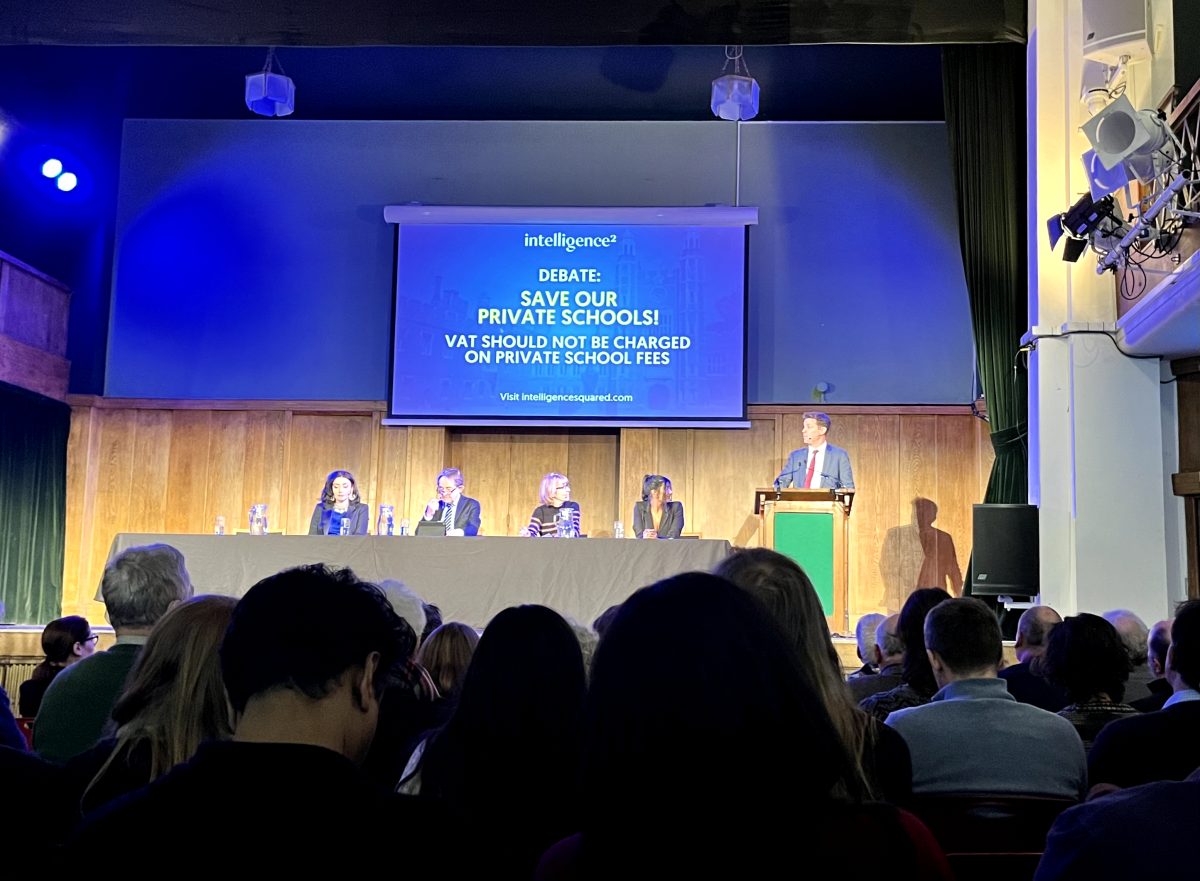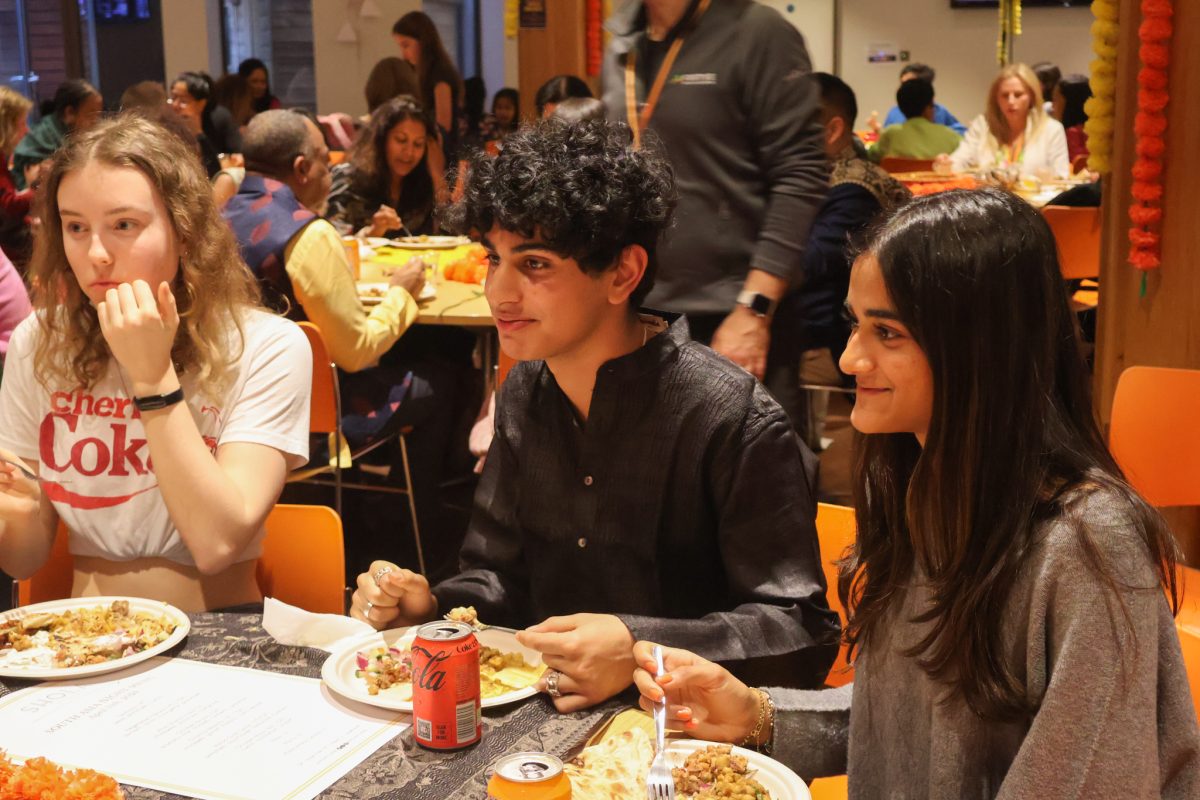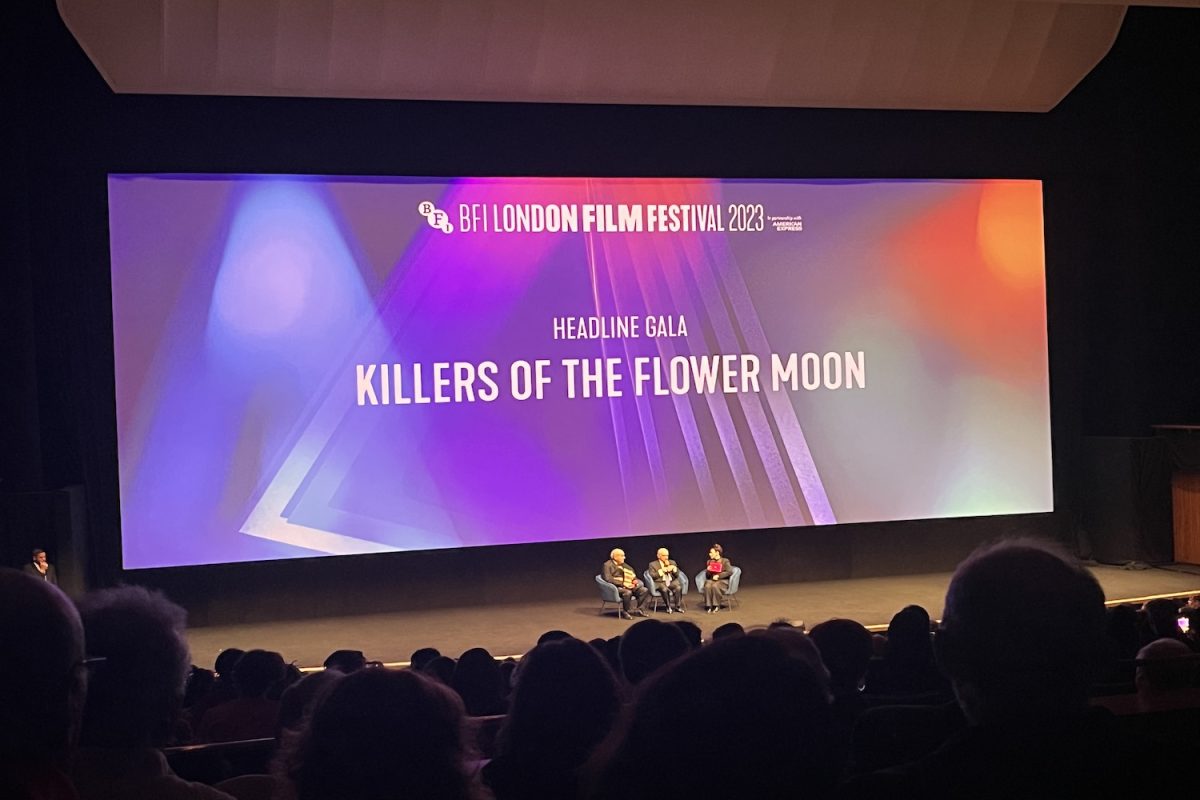In the opening of Martin Scorsese’s compelling masterpiece “Killers of the Flower Moon,” the Osage people dance over their oil-rich land showering them with wealth, a prelude to a story in which white settlers ruthlessly exploit the Osage Native Americans for their black gold.
The three-and-a-half-hour-long epic tells the story of the Osage murders orchestrated by William “King” Hale. His nephew Ernest Burkhart becomes increasingly entangled in the scheme. Set in 1920 Fairfax, Oklahoma, Leonardo DiCaprio stars as white-settler Ernest, a veteran who moves in with his influential uncle, played by Robert De Niro, a well-connected cattleman who holds close relationships with the neighboring Osage Nation.
Ernest kickstarts the scheme by marrying an Osage woman named Mollie Kyle, played by Lily Gladstone. She possesses a hefty fortune, and her immediate family begins dying of suspicious causes as a result of the marriage.
David Grann chronicled this horrific period in his 2017 book, “Killers of the Flower Moon: The Osage Murders and the Birth of the FBI.”
“Killers of a Flower Moon” is a multifaceted movie – simultaneously a love story, mystery and a Western thriller all at once.Originally, DiCaprio was set to play Federal Bureau of Investigation agent Tom White, aligning with the book’s investigative perspective. However, Scorsese chose to recast DiCaprio as Ernest and pivoted the spotlight onto his relationship with Mollie.
It powerfully captures the Osage murders from the inside out, focusing on the Native American viewpoint, rather than the FBI’s publicized documentation, to accentuate the dreadful effect the killing spree had on its community. It also helped avoid sending the message of white saviorism. Scorsese’s approach was a wise one; you don’t simply perceive Ernest within a criminal context but also in tender moments with his family.
Right from the beginning, Ernest’s character is layered and complex. His love and affection for Mollie is evident, but his actions reveal darker intentions. The intricacies in their relationship illustrate Ernest’s struggle between being a loyal husband and pursuing wealth, even if it means compromising his morals. Although Mollie is aware of Ernest’s interest in her family’s money, her naivety clouds her ability to see the lengths Ernest would take to obtain it. Throughout the movie, Ernest must balance two central relationships as both a husband and nephew.
While Ernest’s intentions are questionable at the beginning of the movie, he becomes increasingly greedy choosing wealth over his wife’s happiness and wellbeing. Gaining control of Mollie’s estate, William and Ernest continue to conspire to gain her entire family fortune.
Ernest is continually tasked with acquiring a hitman to kill anyone in reach of Mollie’s Osage headrights, and he shows desperation for his uncle’s approval. William is harsh with Ernest when a killing doesn’t go to plan, but his manipulation masks it as tough love.
Ernest falls into the scheme without giving it much thought, as if he had not previously been diligently comforting Mollie as she mourned. The lack of emphasis on such a momentous scene as Ernest choosing his uncle over his wife feels disappointing, and the decision deserves a more dramatic focus.
Scorsese makes it clear that William is the primary antagonist as early as his first scene when he describes the Osage Nation to the newly settled Ernest. His fascination with money and power, and questionable objectification of the Osage people, contributed to his antagonization. The camera deliberately focuses on William’s expression when a death in the community is mentioned and suspicion arises.
In an early scene set in a social Osage gathering, a woman sits mourning her late family member who died of “unexpected causes.” Amongst the swarm of people, William’s guilty expression is captured as he watches the grieving woman.
The movie was meticulously crafted and strategically cast with a roster of A-list actors who play their parts to perfection. Gladstone delivered a flawless performance as Mollie, capturing the likable, strong-headed and determined victim she was. Campaigning for the Oscar for Best Actress in a Leading Role, Gladstone has a good chance of making history as the first Native American nominee.
It is Mollie who stands at the heart of the film, as she embodies the pain and suffering the Osage nation endured. As Mollie becomes increasingly sick, the pacing slows and viewers are left discouraged. As a result, the movie begins to lose momentum with the character’s feeling of defeat. A cycle of repetition is captured as Osage members continue to die and Mollie’s condition worsens, it makes the movie feel slightly monotonous and depressing.
The film’s color palette mainly consists of grays and browns to complement its Western setting with white settlers like Ernest dressing in plain hues. Osage women like Mollie dress in traditional clothes with vibrant embroidery. Mollie’s color choice reflects a cultural connection and serves as a testament to her strength in the face of adversity. Yet eventually these colors aren’t noticeable and begin to fade, reflecting Mollie’s loss in her Osage family and how Ernest is slowly killing her vibrant character.
As the FBI investigation picks up with Tom White at their doorstep, Mollie is rescued and consequently brings excitement and hope for justice back on screen.
Scorsese took such care in including every last detail of the true story to encapsulate the horrific conspiracy, awarding it its three-and-a-half-hour runtime. It is hard to watch the movie and leave wanting more. In fact, I would say there was slightly too much. Though the high level of detail ensures the viewer’s comprehension of the story, some scenes with minimal dialogue that lacked crucial information could have been cut.
The movie ends with a beautiful reference to its beginning as the Osage people chant, dressed in colorful clothing contrasting the last three hours of gray as the camera ascends above them.
Those eager to watch “Killers of the Flower Moon” must know its length makes it unsuitable for viewers wanting a quick-paced and lighthearted film, but it’s certainly powerful and one to remember.












